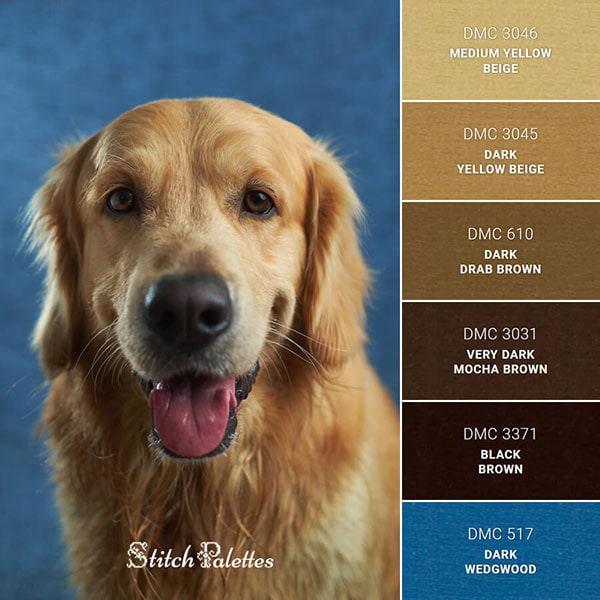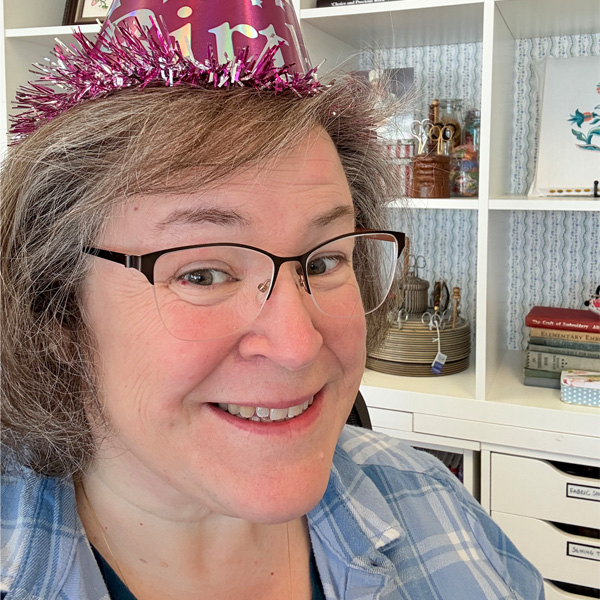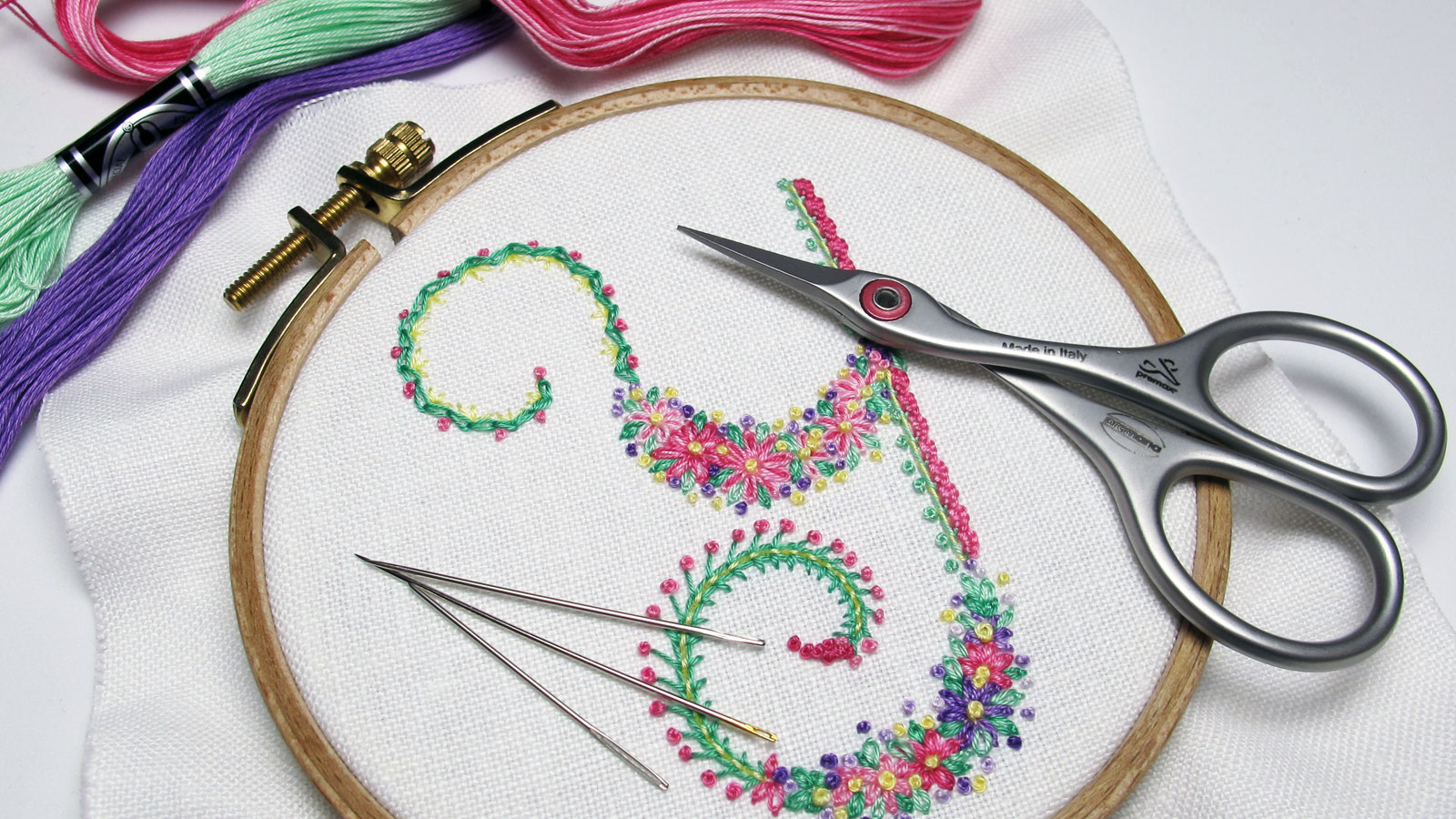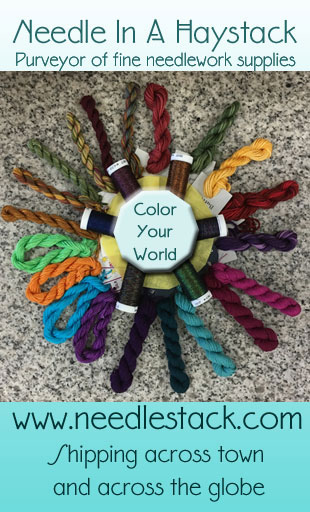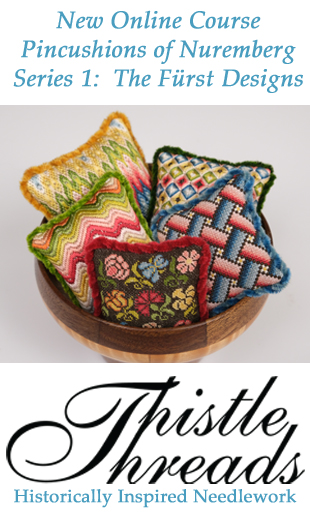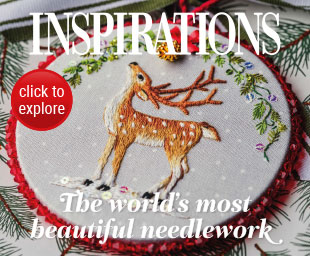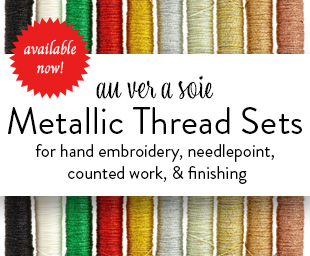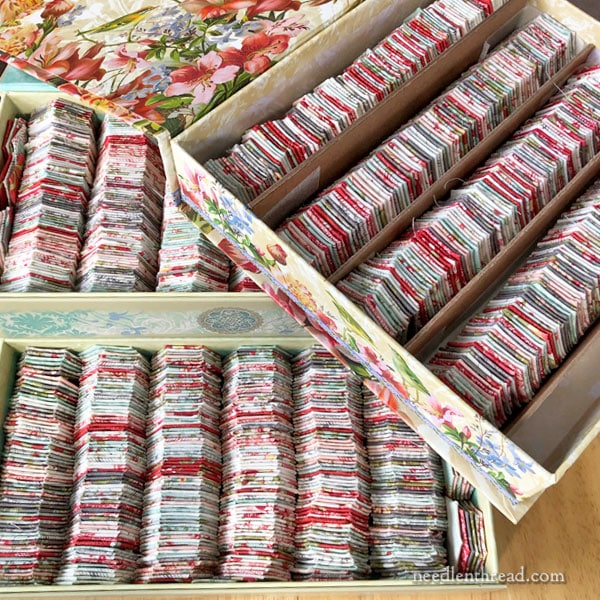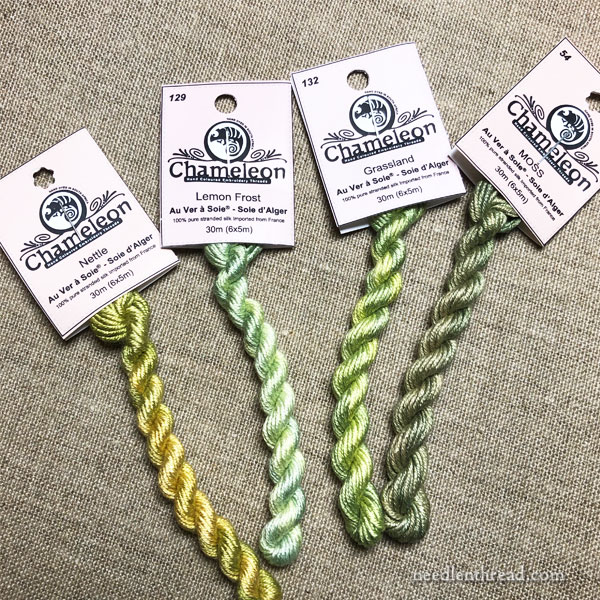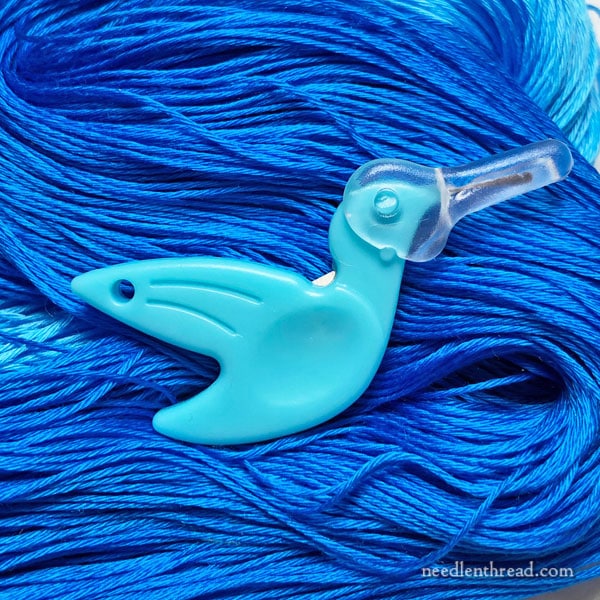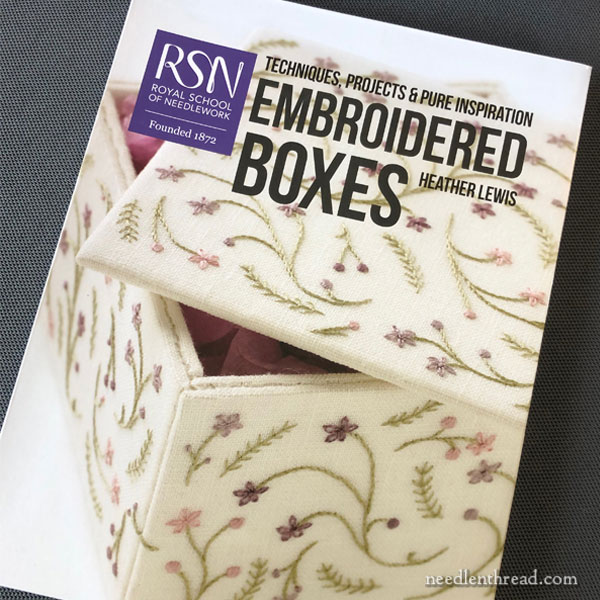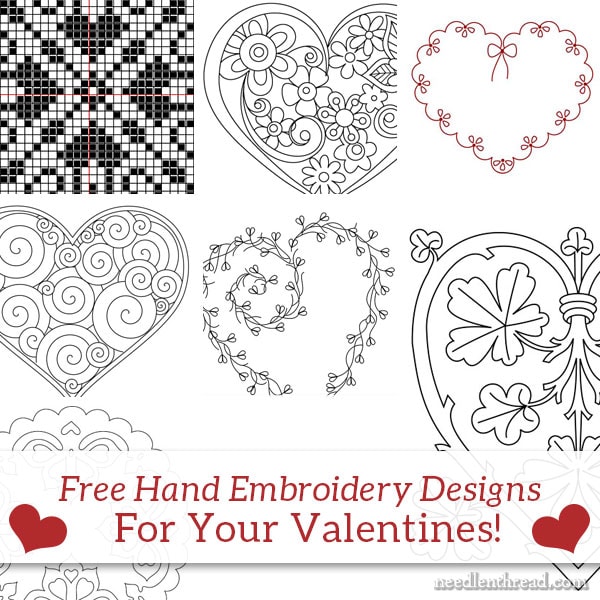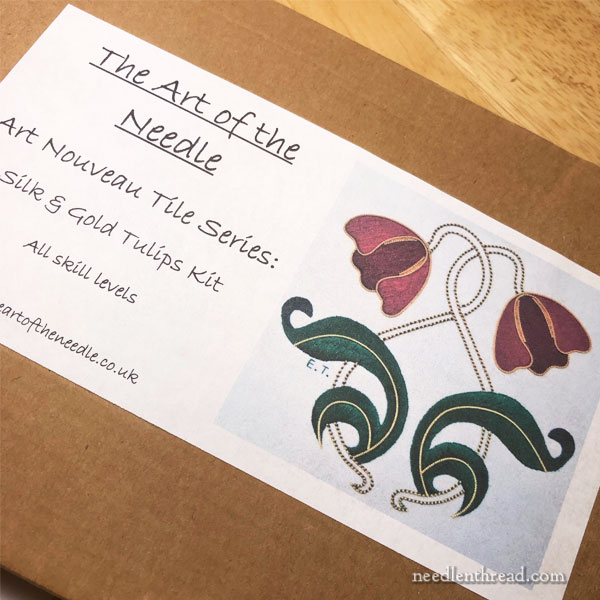February 19, 2020
Color Schemes Galore! Resources for Stitching Color
Making good choices about colors to use in hand embroidery projects can sometimes be a real challenge.
On the one hand, color is a very personal (and subjective) thing.
But on the other hand, it’s also an objective consideration. Colors have to work together to achieve whatever it is the artist or craftsperson is trying to achieve. If they don’t work, it’s obvious, and it can be a real turn off.
This doesn’t mean that color always has to be “pleasing to the eye.” It depends on what you’re trying to do with your embroidery. Maybe you want to use colors that might be considered less than pleasing, to make a point. Maybe you want to create something that is shocking or that grabs the attention in a non-conventional way.
But for the most part, we normally strive to use pleasant color palettes that, objectively, most people will look at and think, “That’s beautiful!” or “That looks good,” or “That works,” even if they don’t personally like the color families. We don’t normally want our color choices to jar the audience or repulse the viewer.
